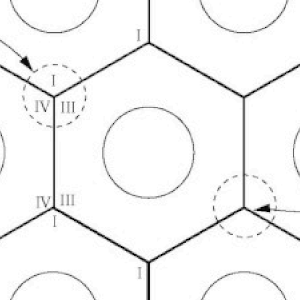A 3-Dimensional Hypothesis of Oxidative Phosphorylation
Main Article Content
In general, hitherto, all scholarly illustrations of oxidative phosphorylation are schematically presented in two dimensions as in Fig.1, where the electron current is shown resulting in the transmembrane proton gradient driving the formation of ATP via the F1F0- ATPase [1]. In this hypothesis, the electrical gradient that results from electron transport induces a conformational change of the F1F0-ATPase coupled with a change of hydrogen bonding of a strategic shell of H2O molecules, favouring the thermodynamics of the reaction ADP with inorganic phosphate (Pi) to produce ATP. This hypothesis presents the whole coupling process of the mitochondrial inner membrane in three dimensions, essential for this particulate biochemistry [1,2].
Article Details
How to Cite
KNIGHT, Vincent Andrew.
A 3-Dimensional Hypothesis of Oxidative Phosphorylation.
Vascular Cell, [S.l.], v. 14, n. 1, p. 1, mar. 2023.
ISSN 2045-824X.
Available at: <https://vascularcell.com/index.php/vc/article/view/10.24238-13221-14-1-215>. Date accessed: 30 dec. 2025.
doi: http://dx.doi.org/10.24238/13221-14-1-215.
Section
Review

